Nepal limps back to normalcy after massive protests toppled government

Nepal Moves Toward Stability Following Government Overthrow
On September 15, 2025, Nepal is slowly returning to a state of normalcy after a series of significant protests led to the toppling of the government. The demonstrations, which erupted across the nation, were fueled by widespread discontent over political corruption, economic challenges, and a perceived lack of responsiveness from the ruling authorities.
Background of the Protests
The protests in Nepal were ignited by a culmination of long-standing grievances among the populace. Citizens expressed frustration over the government’s inability to address pressing issues such as inflation, unemployment, and inadequate public services. Additionally, allegations of corruption within the government further fueled anger, prompting citizens to take to the streets in large numbers.
The protests began as a peaceful expression of dissent but quickly escalated into a nationwide movement, drawing thousands of participants from various sectors of society. The demonstrators called for accountability and transparency from their leaders, demanding significant reforms to improve governance and public welfare.
Government Response and Overthrow
In response to the growing unrest, the government initially attempted to quell the protests through a combination of dialogue and force. However, as the protests intensified, it became clear that the ruling party was losing control. The situation reached a tipping point when clashes between protesters and security forces led to injuries, further galvanizing public support for the movement.
On September 10, 2025, the situation escalated dramatically when the government was officially overthrown. The Prime Minister, along with key members of the cabinet, resigned amid mounting pressure from both the public and opposition parties. This marked a significant turning point in Nepal’s political landscape, as citizens celebrated the fall of a government they believed had failed them.
Transition to Normalcy
Following the government’s collapse, Nepal is now in a transitional phase as it seeks to restore stability and normalcy. While the streets are quieter than during the peak of the protests, the atmosphere remains charged with anticipation regarding the future of the country.
Interim leaders have been appointed to manage the day-to-day affairs of the government, and discussions regarding the formation of a new, more representative government are underway. Political analysts note that this period is crucial for Nepal, as it presents an opportunity for reform and a chance to address the concerns that led to the protests in the first place.
Public Sentiment and Future Prospects
The sentiment among the citizens of Nepal is mixed. Many express hope that the recent changes will lead to a more accountable and transparent government. There is a palpable desire for reforms that prioritize the needs of the populace, particularly in areas such as economic development and anti-corruption measures.
However, some citizens remain skeptical about the potential for meaningful change. Concerns persist regarding the ability of new leaders to address the entrenched issues that have plagued the country for years. The challenge will be to ensure that the momentum from the protests translates into lasting political and social reforms.
Role of Civil Society
Civil society organizations have played a significant role in the protests and the subsequent political upheaval. Activists and community leaders have been at the forefront of advocating for change, mobilizing citizens, and demanding accountability from those in power. Their involvement highlights the importance of grassroots movements in shaping the political landscape of Nepal.
Moving forward, these organizations are expected to continue their advocacy efforts, working alongside new political leaders to ensure that the voices of the people are heard and that their demands for reform are met.
Conclusion
As Nepal begins to navigate this new chapter in its history, the path to stability will require careful management and a commitment to addressing the needs and concerns of its citizens. The recent protests have underscored the power of collective action and the importance of responsive governance. The world will be watching closely as Nepal strives to rebuild and redefine its political identity in the wake of significant change.
Key Facts
– Date of government overthrow: September 10, 2025
– Main causes of protests: Political corruption, economic challenges, lack of government responsiveness
– Current status: Nepal is in a transitional phase toward establishing a new government
– Role of civil society: Activists and organizations have been instrumental in advocating for reform and mobilizing citizens during protests
Source: www.npr.org


